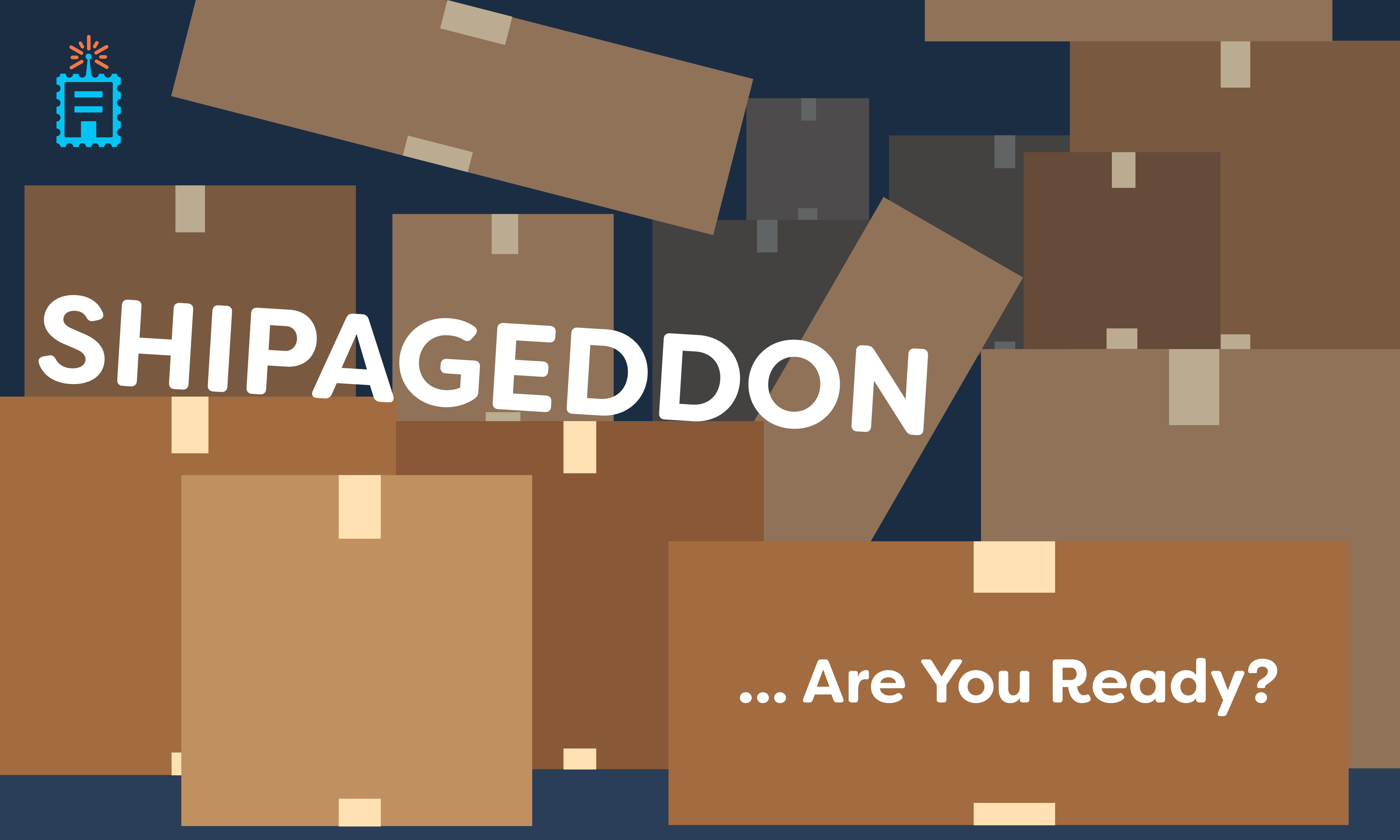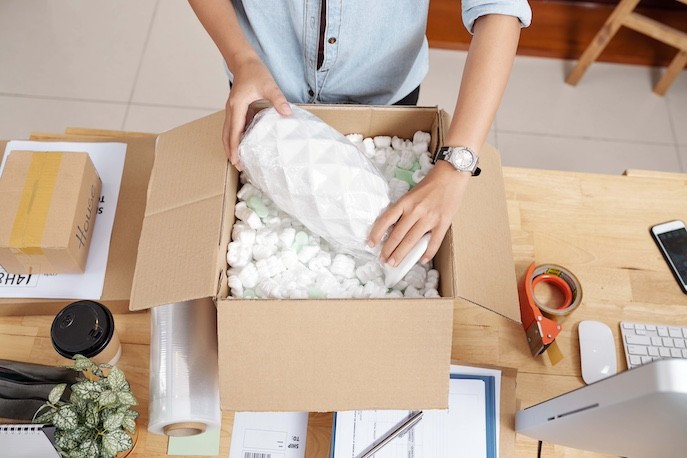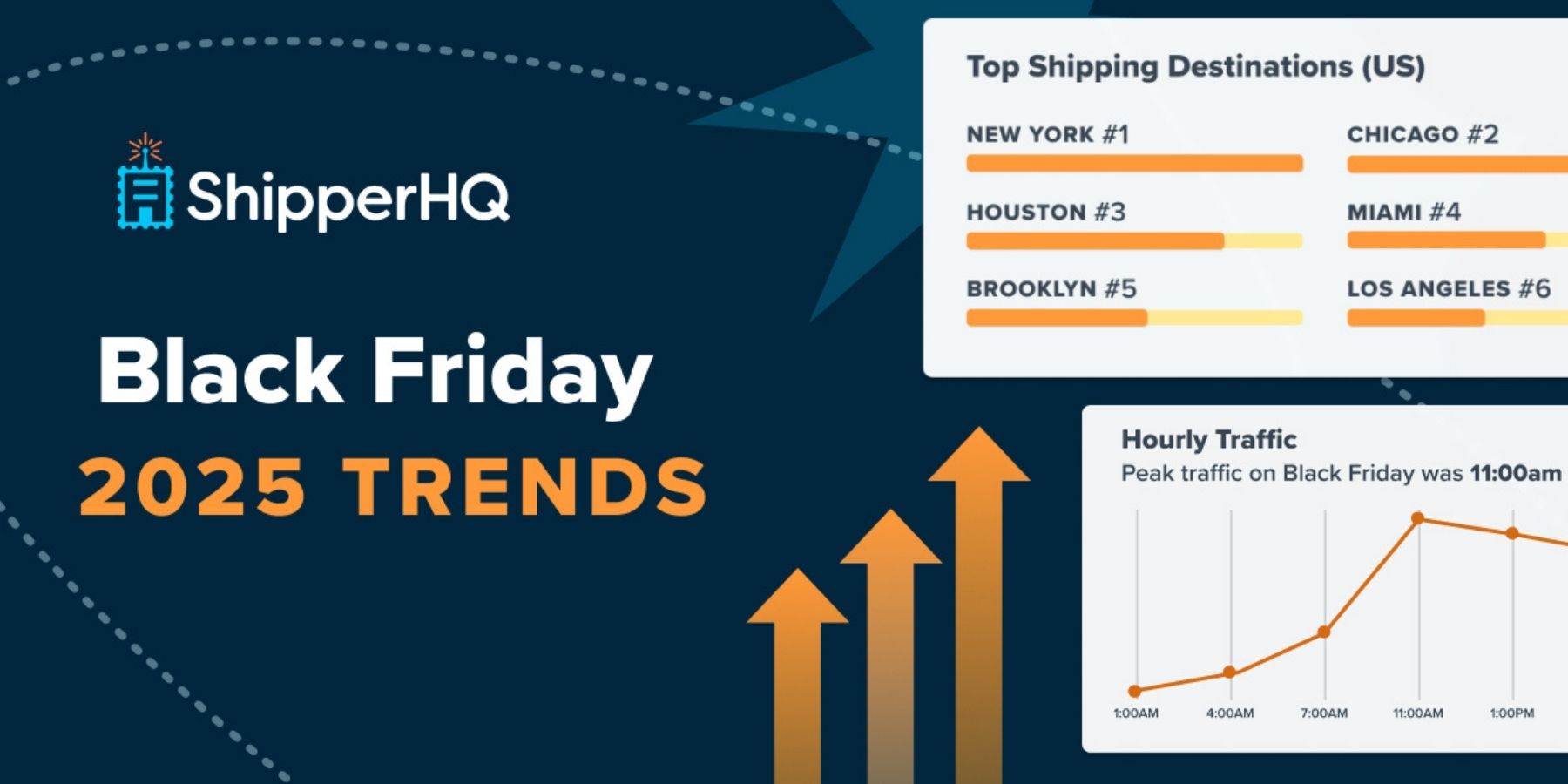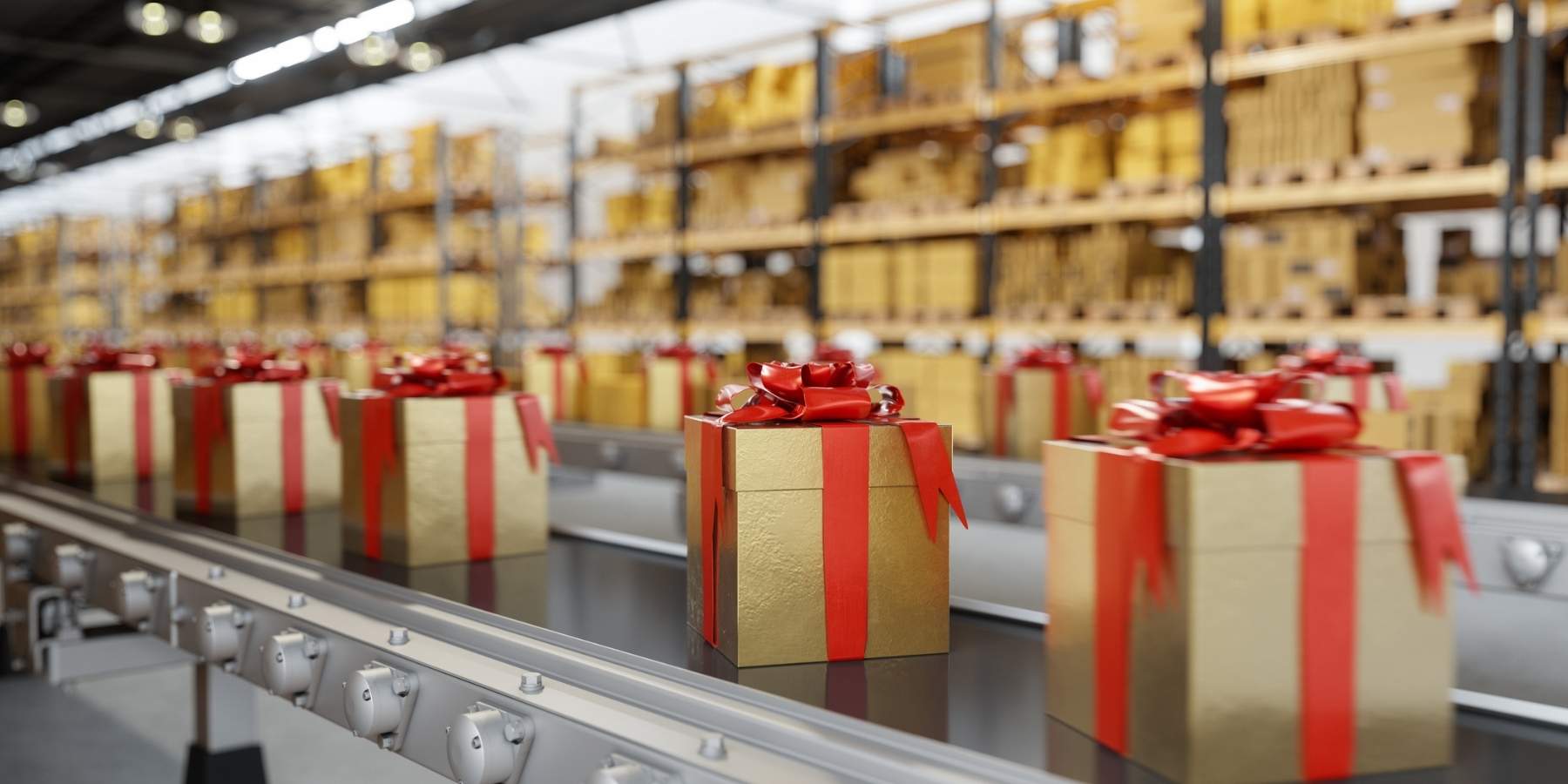If you’re in the ecommerce business, you’ve most likely heard whisperings – if not shouting – about an impending capacity crunch surrounding the 2020 holiday season.
Here’s what you need to know about Shipageddon to get ahead of the game.
Shipageddon – or the carrier capacity shortage expected to cause a major industry shakeup this holiday season – is upon us. Retailers who’ve floundered and flourished alike are relying on holiday sales to round out the year with sound margins, but massive delays threaten their success.
What Is Shipageddon?
Carriers like FedEx and UPS – who’ve already been stretched thin throughout 2020 and typically struggle during an ordinary holiday season – are expecting a massive capacity crunch. From that capacity crunch will come delays, which will compound as the season moves forward, creating an unprecedented time of chaos in the shipping industry.
Industry insiders predicting the consequences of the season have coined the term “Shipageddon” to give a name to what will surely be an unparalleled challenge for those in all parts of the ecommerce world. The shortage is expected to impact up to 7 million packages per day, from November through January.
Why Is Shipageddon Happening?
Since March 2020, ecommerce shopping has skyrocketed to 30% growth year-over-year, and leapt an estimated five years ahead of the predicted consumer adoption rate. A myriad of factors have contributed.
Over the last several months, a considerable portion of shoppers have shifted to buying online. Even more specifically, items that they’d previously bought in stores. Most of these shoppers attribute the change in their habits to a desire to do less in-store shopping because of health and safety concerns. As consumer acceptance of online shopping grows, ecommerce retailers have upped their offerings, improving checkout processes and product availability.
As the shift to ecommerce becomes more concrete, the trend is expected to hold when it comes to holiday shopping for the year. In a recent survey conducted by ShipperHQ, we found that despite the pressures of the year, most online shoppers still plan on celebrating the holiday, through gift-buying and limited in-person events.
Check out these trends:
- In 2020, 51% of online shoppers plan to spend more this holiday season
- 20% of people plan to specifically increase their online spending this holiday season
So, while the season is still expected to be “a mixed bag for ecommerce,” it’s undeniable that retailers must seize the opportunity in front of them while avoiding the inevitable challenges that will arise.

What Can Retailers Do About Shipageddon?
Mastering a season of exceptions will be part strategy, part alchemy. While every retailer will need to inject their own know-how and experience into their plan, we’ve got some foolproof methods that can help the holidays go smoothly, no matter what you sell.
Over-Communicate with Cutoff Dates and Inventory Info
Get vital details about orders and deliveries in your customers’ hands as soon as possible.
1. Cutoff Dates & Times
Don’t be shy about cutoffs. Be direct and show the final date and time necessary for an item to get to a customer before the holidays. Display this information on your homepage and any relevant category or product pages. However, be conservative with these dates. Consider taking carrier cutoff date information and moving it up a week or more, depending on your products and lead time.
2. Inventory Info
For popular products in high demand, use the information you already have to inform customers. List the number or units left if possible, or consider adding a simple “Low Stock Alert” message when inventory falls below a certain threshold. Keep it honest here, but be sure to be proactive and show alerts before stock is depleted.
3. Accurate Delivery Dates
When it comes to gift buying, showing delivery dates is essential. Use a shipping management platform like ShipperHQ to display real-time delivery rates and days to your customers. This lets them see firsthand when their package will arrive, even accounting for blackout dates, lead times and more. For the holiday crunch, consider adding in a few extra days of padding to the delivery date shown.
Incentivize Early Shopping
The most important step you can take to avoid late or missed deliveries is to get in the game early. The earlier your orders come in, the more flexibility you have for holiday delivery, and the more capacity you have to handle issues later in the season.
Early Bird Specials
It seems like a simple solution, and it is! Incentivize customers to buy earlier with special discounts or add-ons. That way, their orders will go out before the worst of Shipageddon takes hold. Consider offering free or discounted shipping on orders placed before November 15 or another suitable date.
Another option may be to include a free gift or discount voucher on future purchases. Use your brand’s unique persona to think of incentives that fit, and will speak to your customers.
Limited Stock
To reiterate our callouts from earlier, use your limited stock to your advantage. If you’ve got a hot item that’s flying off the shelf, sell it quickly! Use product pages and marketing communications to let customers know that your most popular widgets are flying off the shelves, and they’re better off getting their orders in now.
Surcharges
These add-on fees to shipping costs can be used in a few different ways. To incentivize earlier buying, consider offering regular-priced (or free) shipping before a certain cutoff date. Then implementing rates with surcharges attached later in the season.
This is a double-whammy that acts together to drive early sales, and helps mitigate the costs of troublesome late-season delays.
Carriers are certainly utilizing this method to help lighten the burden, so you may consider adding it to your strategy as well.
Offer Different Delivery Options
Why not avoid using carriers altogether? There are myriad ways to sidestep them partially or completely, and shoppers are more open than ever to using them. In fact, 45% of shoppers in our survey said they’d actually prefer to pick up items themselves if possible. This is compared to 41% who prefer to wait for items to be shipped.
- In-store or curbside pickup: Take the carrier out of the game completely by letting customers pick up their orders in your store or at a warehouse. While it creates a small amount of additional work for on-site employees, it adds immeasurable value to customers who want to be sure the items they’ve ordered will be in their hands when they need them.
- Alternate location pickup: Consider options like FedEx® Hold at Location or UPS Access Point.™ Both coordinate package delivery and pickup at common locations like pharmacies or grocery stores. Since these deliveries are made in bulk to commercial locations, chances of last-mile delivery issues are decreased. And therefore, package security is increased. This takes porch piracy out of the equation.
- Local/same-day delivery: Partner with a local courier to coordinate local delivery, or even same-day delivery for customers close to a store location or distribution center. Local couriers are unlikely to run into the same capacity issues that major carriers face. Additionally, the shorter timeframe on these deliveries justifies a higher shipping cost, which can be passed on to the customer. While no one likes a hefty shipping charge, customers who want to ensure quick delivery will likely be happy to pay for the service when time is of the essence.
You might even consider creating a delivery team of your own.
Depending on the size of your business, this may be the most economical option. While there are liability and business implications, it’s worth looking into if your customer base is largely local.
What Happens After Shipageddon?
Capacity will eventually normalize once the holiday season wraps up. However, the habits consumers have established during 2020 and the holiday shopping season won’t be going anywhere.
In our survey, 88% of shoppers say they plan to stick to the new shopping habits formed this year. Of those shoppers, 39% plan to stick with their increased online spending. So while retailers would be wise to prepare their offering with strategies to combat Shipageddon, they need to keep in mind that these changes will need to last far longer than the end of the year.






